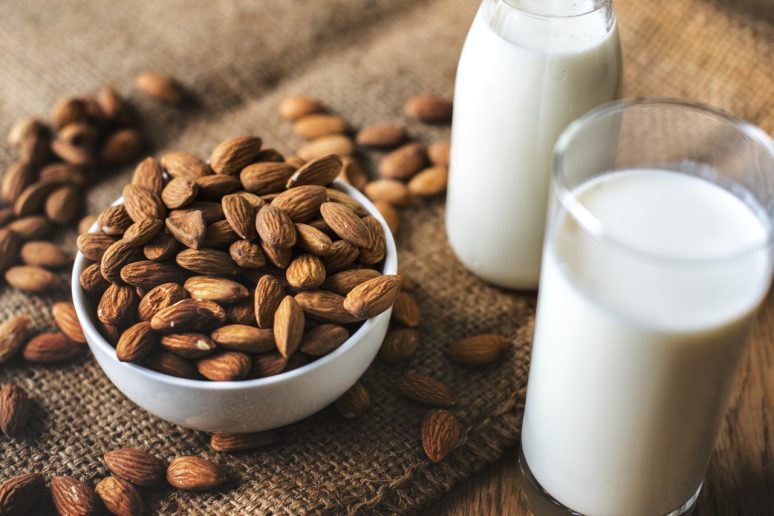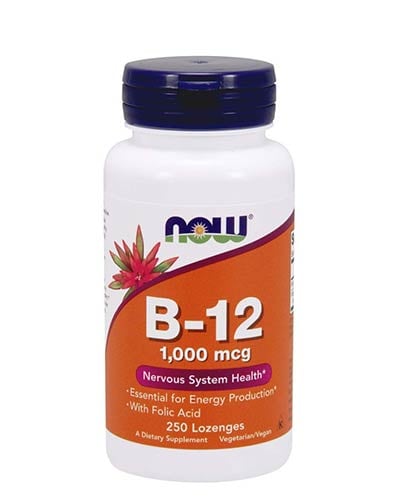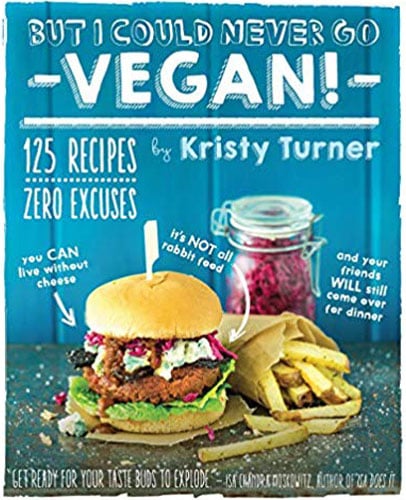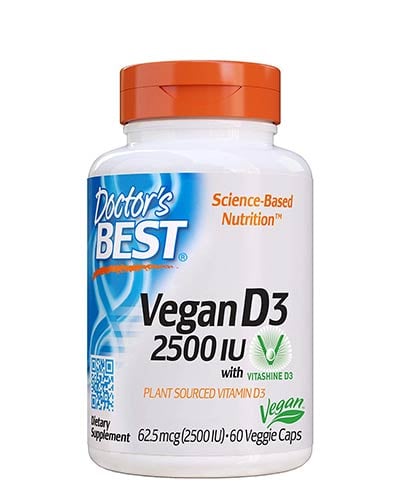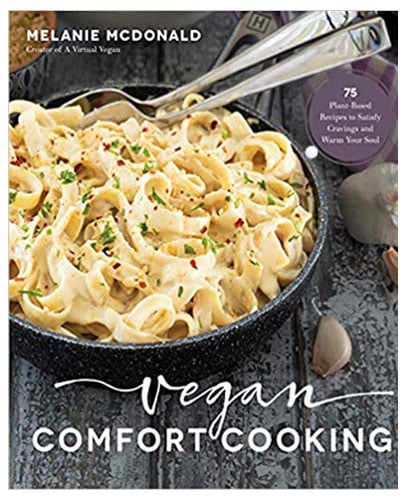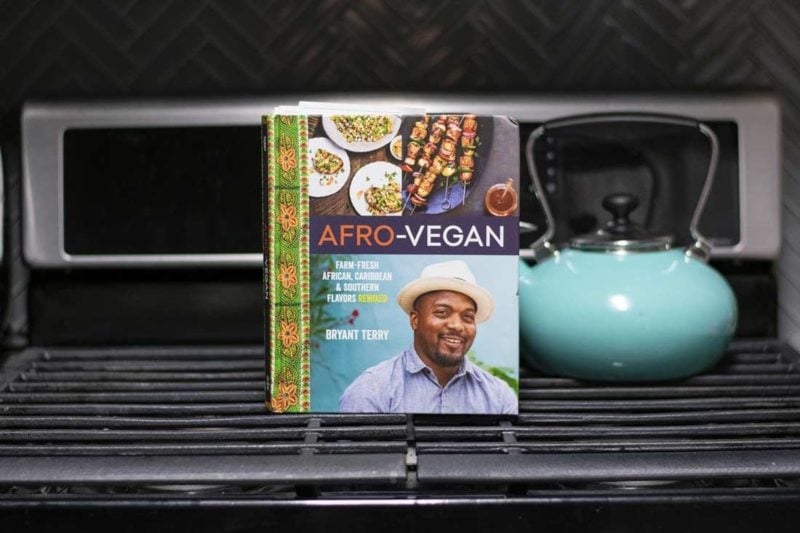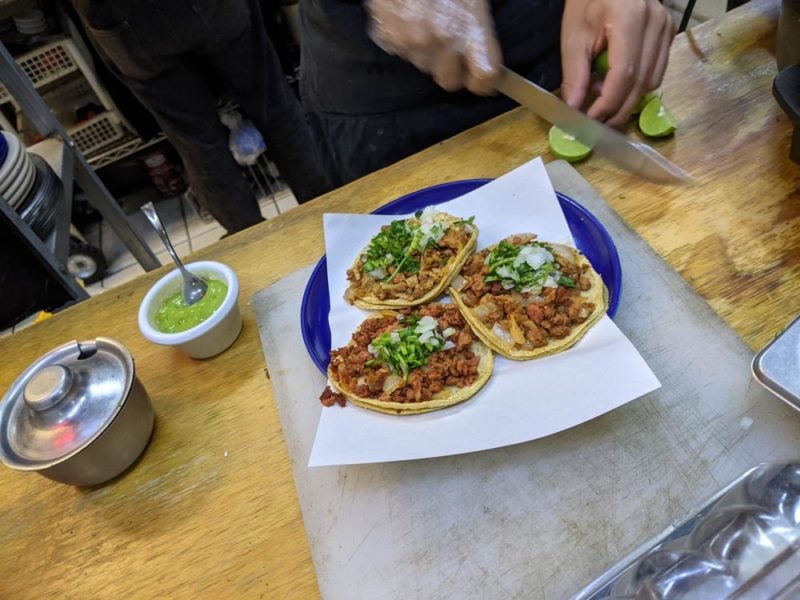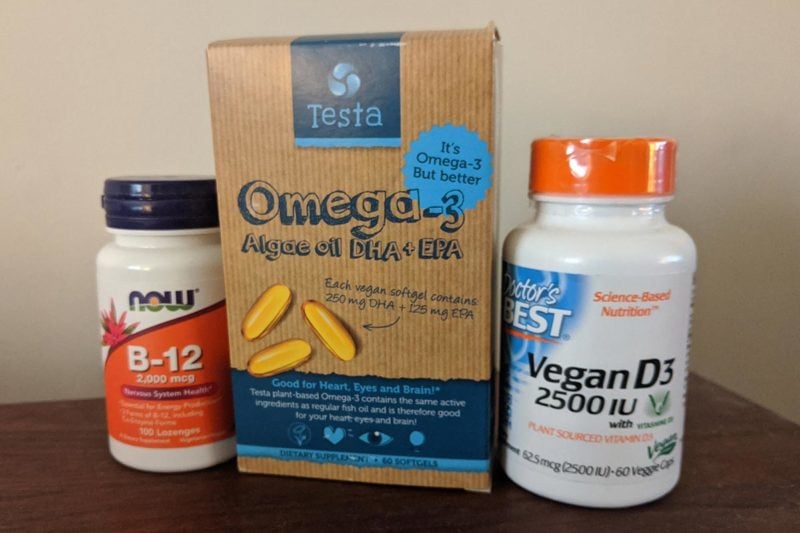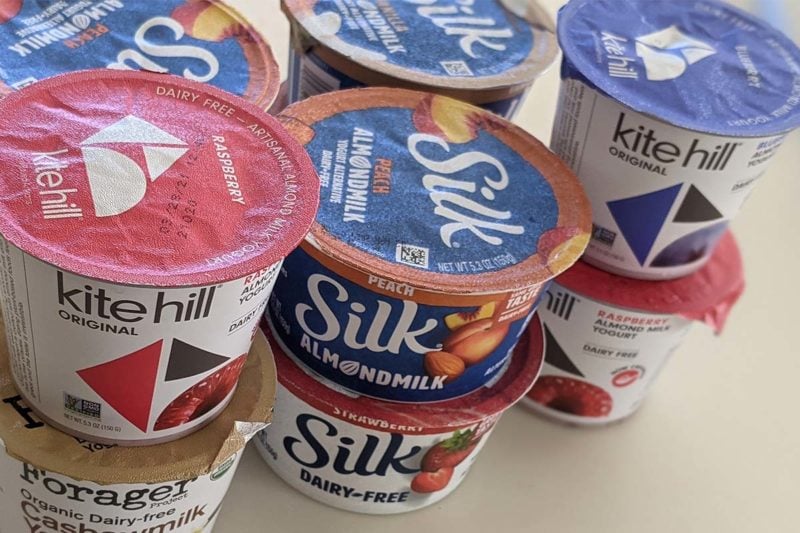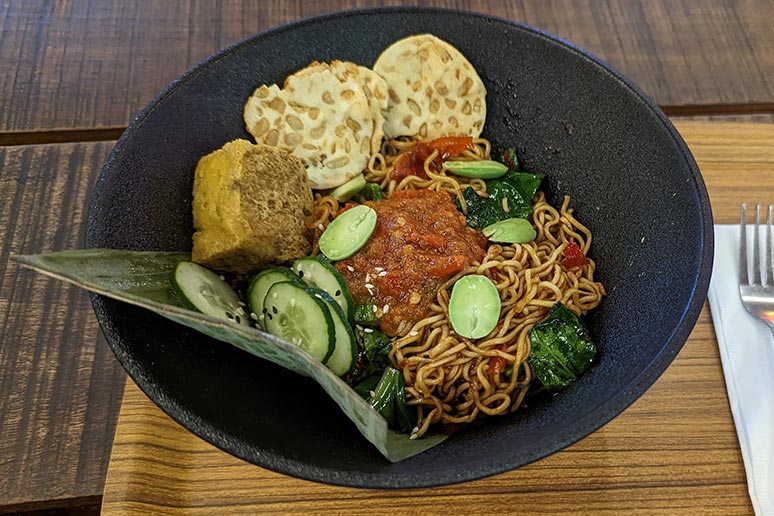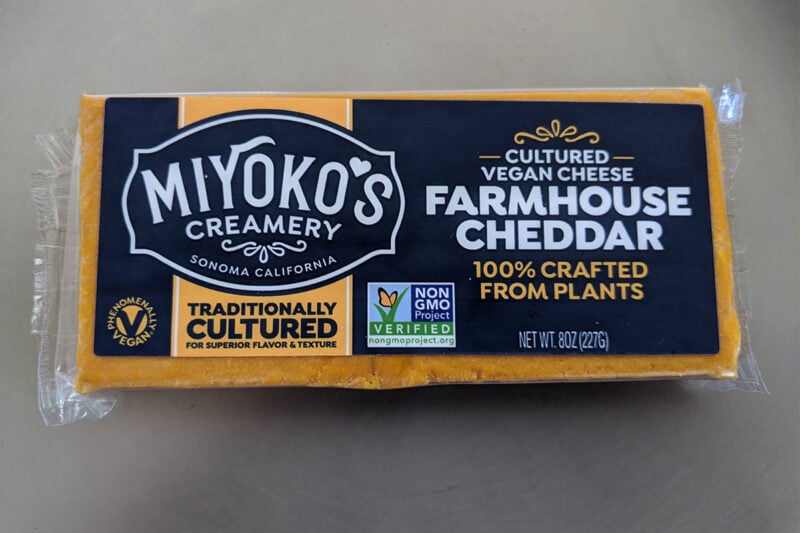Almond milk is available everywhere, and is fast replacing cows’ milk in the world’s refrigerators. It’s the most popular type of vegan milk—even more popular than oat milk or soy milk. Most grocery stores carry several brands. Like other types of dairy-free milk, it’s packaged either in refrigerated milk cartons or in shelf-stable aseptic boxes. You can find it in regular, chocolate, vanilla, and unsweetened varieties.
The textures and flavors of the best almond milks are superb. The stuff is delicious poured over cereal or used as the base of a smoothie.
Almond milk’s pleasant taste constantly wins people over. Every year, the world’s dairy producers lose market share to almond milk. There are countless reasons to avoid cow’s milk, and almond milk offers some important advantages. It’s much lower in saturated fat than cow’s milk, and has no lactose or cholesterol. Almond milk also wins on flavor—many people strongly prefer it to cows’ milk. Best of all, almond milk lacks dairy’s connection to animal cruelty and the veal industry.
Almond milk does have a couple shortcomings. It’s quite resource intensive, since almonds take a lot of water to grow—other vegan milks have a much smaller water footprint. Also, there are better dairy-free choices when it comes to nutrition.
Nutrition Profile
Even though almonds contain substantial amounts of protein, there’s surprisingly little protein in commercially-produced almond milk. Soy milk offers far superior protein and nutrient content. In fact, soy or pea-based milks contain about seven times more protein than does almond milk.
Regular almond milk varieties often contain nearly as much sugar as does soda. So consider buying an unsweetened variety, so that you’ll get more nutrition per calorie. The good news when it comes to nutrition is that many almond milk brands are calcium-fortified, and consequently contain at least as much calcium as milk. But most other varieties of vegan milk are calcium-fortified as well, so almond milk isn’t special in this regard.
Making Vegan Milks at Home
Of all the vegan milks you can make in your kitchen, almond and cashew-based milks are the easiest. That’s because, unlike soy or oats, nuts don’t require cooking to be turned into milk.
Making almond milk from scratch is quick and simple. Since you don’t need your homemade milk to last for weeks, you can skip the additives and select higher-quality ingredients than what appears in commercial brands.
Rather than work from a recipe, the best way to make your first batch of almond milk is to wing it. After you’ve made a few batches you’ll start getting a feel for the proportions you like best. For your first attempt, begin with a small handful of raw almonds and two cups (about half a liter) of water. Blendtecs or Vitamixes will give you superior results compared to a regular blender.
Commercial producers finely strain their milks to eliminate sediment, since their products have a lengthy shelf life. You may decide to not strain at all, especially if you’re pouring your homemade milk over cereal. Leaving your milk un-strained will retain its fiber and deliver better nutrition. Just shake thoroughly before serving.
Miyoko Schinner’s The Homemade Vegan Pantry offers thoroughly-tested recipes for almond, oat, and soy milk. Also consider picking up a copy of The Vegan Dairy by Catherine Atkinson.
Almond Milk Brands:
Some top brands sold in North America include:
- 365 Everyday Value: Almondmilk Beverage
- Blue Diamond: Almond Breeze
- Califia Farms: Almondmilk
- Pacific Natural Foods: Organic Almond Beverage
- Silk: Almondmilk
- Trader Joe’s: Almond Beverage
Summing things up, almond milk offers several advantages over dairy products. Other vegan milks, however, are even better choices environmentally and nutritionally. To reduce your sugar intake, choose an unsweetened variety whenever possible.

